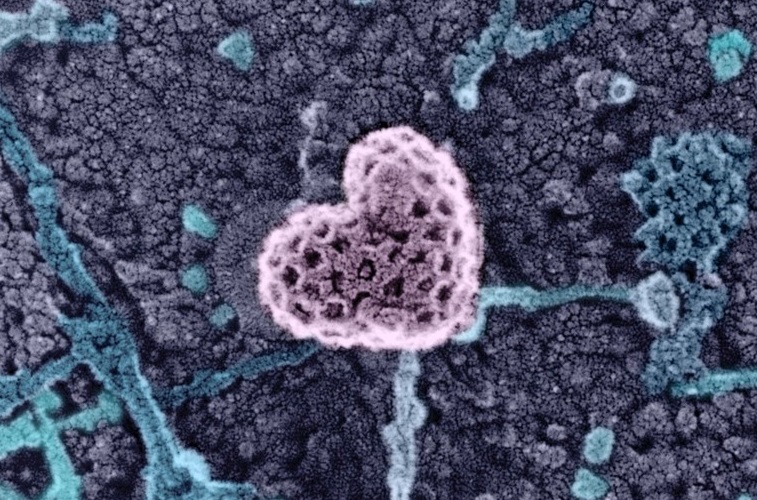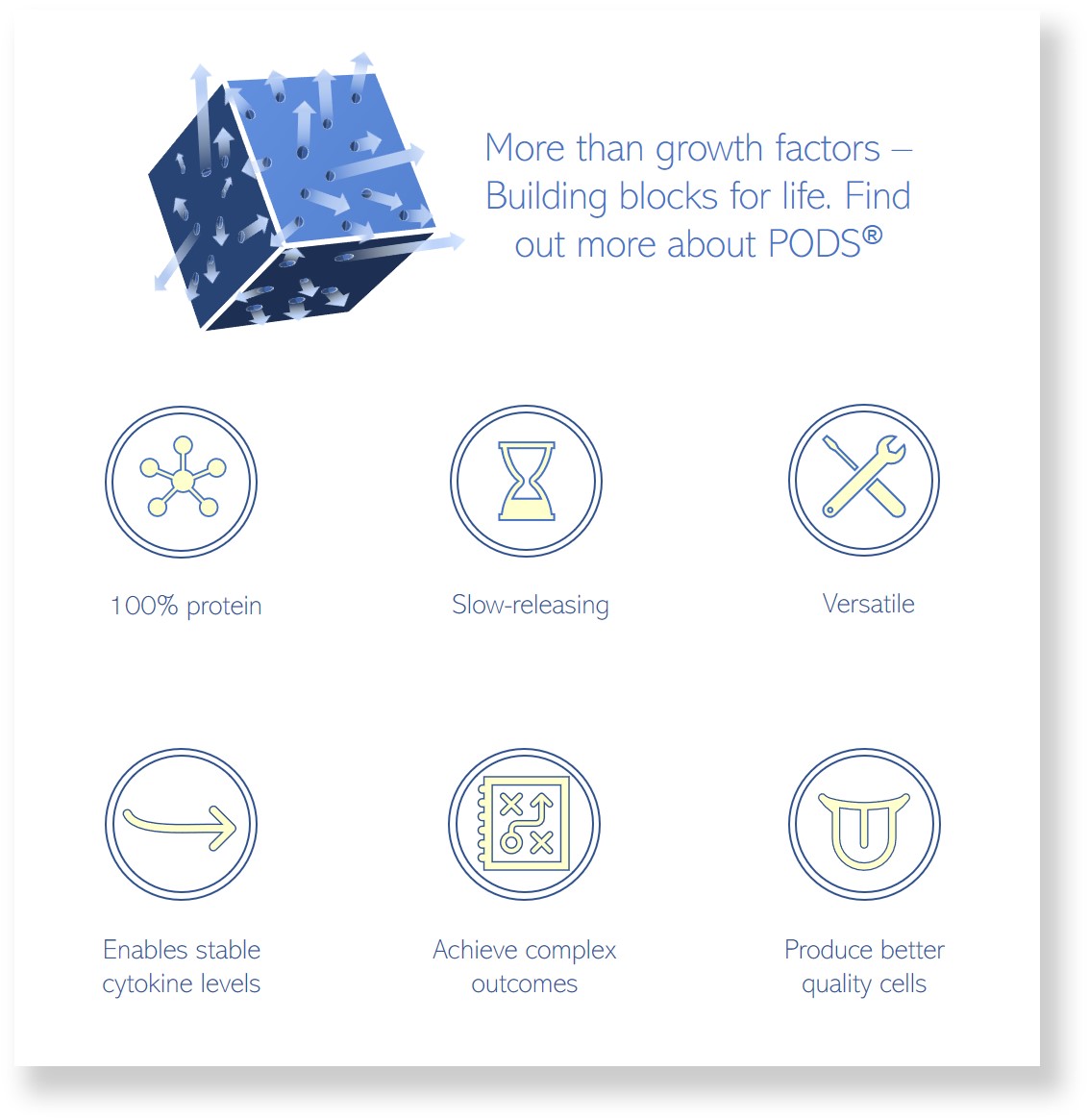Soft power: cells respond

Cells, like people, are a product of their genes and their environment. They respond to biological cues, such as growth factors, and they also respond to physical cues, such as shear stress produced by the flow of fluids.
One of the most important physical factors for cells is the softness of their niche. This is determined by the localized composition of the extracellular matrix and physical attributes of their surrounding cells. The effect of getting softness right can be critical.
Softness can direct cell differentiation, or maintain plenipotentiary and enhance proliferation. Just placing pluripotent cells on a soft surface eliminates, or at least reduces, the need for growth factors
One of the reasons that 3D cell culture is able to model real tissue better than 2D cell culture (and is, therefore, more useful in drug screening) is the rigidity of the cell’s surroundings.

Given the importance of surface elasticity, it is perhaps surprising that the vast majority of 2D cell culture is still performed directly on plastic surfaces harder than bone. One of the reasons for this is convenience. Preparing dishes with an appropriate softness is not straightforward.
Soft surfaces can be created using hydrogels A wide range of synthetic (e.g. PAH, PAM) and natural (e.g. collagen, matrigel) hydrogels have been used in cell culture. Natural hydrogels provide limited control of elasticity. In contrast, synthetic materials including PAM can be finely tuned. However, generating a uniform, thin coating calibrated to the desired elasticity is challenging
Fortunately, Softwell products reliably provide a variety of elasticity. As a result, more cell biologists are culturing cells on an appropriate softness and are better able to reproduce in-vivo cell behaviour in a 2D setting. That’s real soft power.
IMAGE top: Clathrin-coated pit, inner leaflet of the plasma membrane. Daniela A. Sahlender, University of Cambridge
IMAGE bottom: Human Mesenchymal Stem Cell interacting with 3D hydrogel – imaged with label-free live cell imaging from Nanolive

